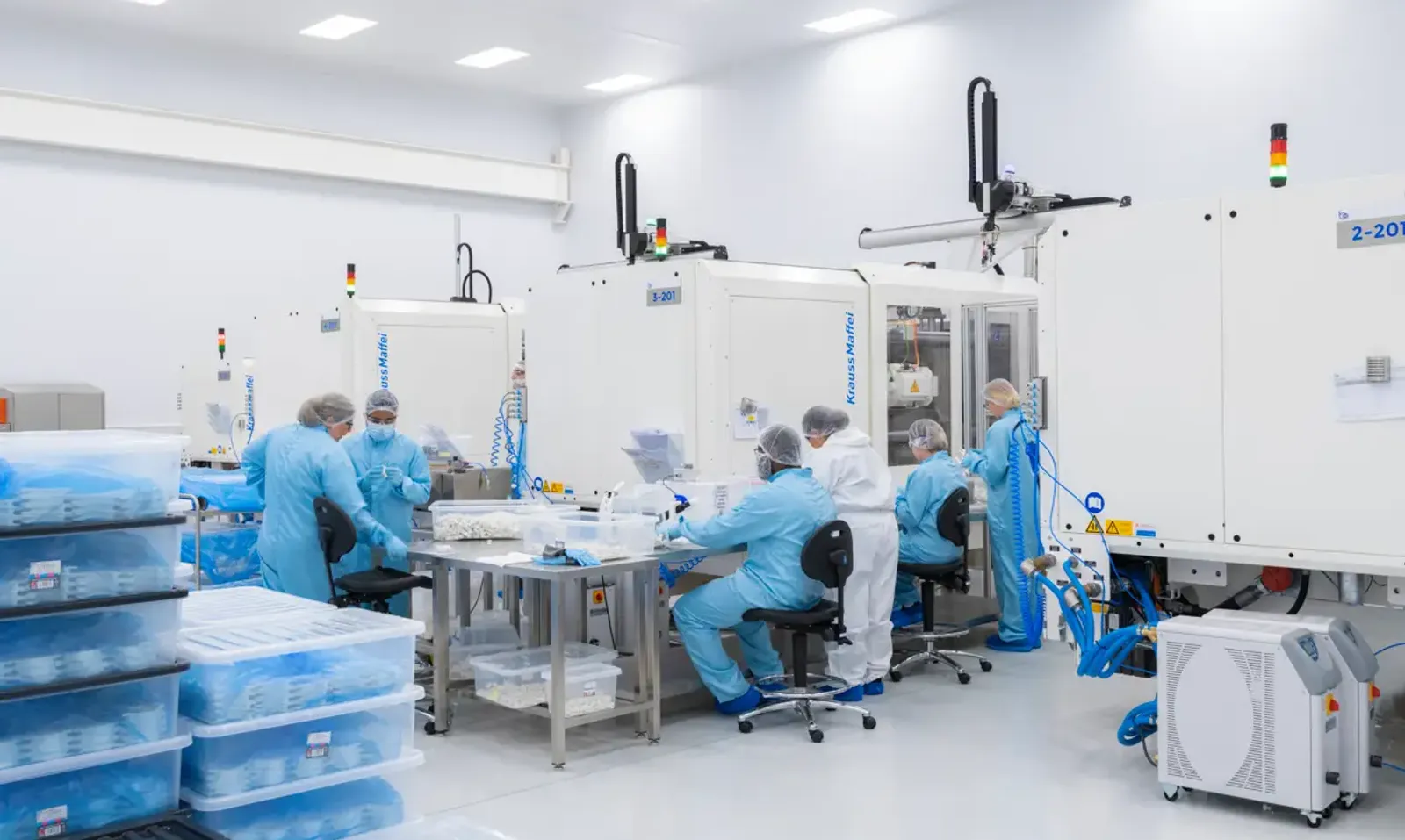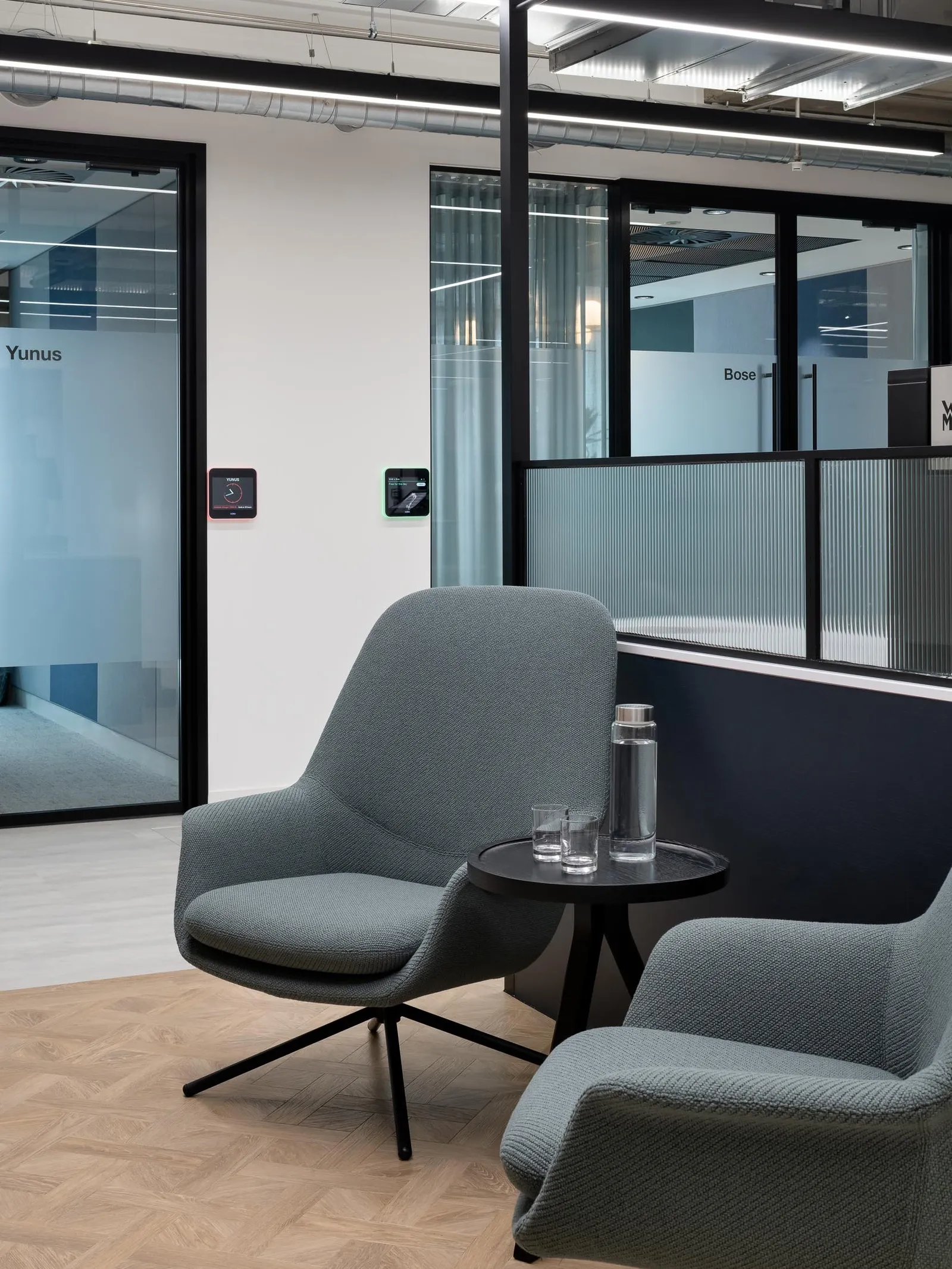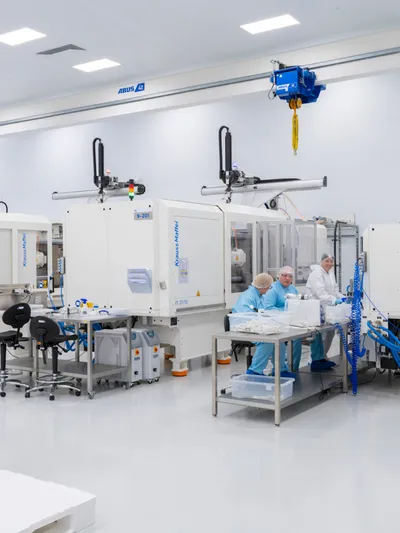Research and development (R&D) laboratories require precision-controlled climates to ensure that environmental conditions remain stable and consistent. This might be necessary for testing new pharmaceuticals, developing electronics, or researching materials.
Whatever the purpose of the research, the ability to control the temperature precisely is of paramount importance, as even the slightest deviation could compromise both the process and the results, leading to skewed data and aborted experiments.
In R & D labs, selecting the right climate control solution isn’t just about comfort – it’s a core operational requirement - and one that can determine the success and validity of the research experiments conducted within it.
This article explores the key types of climate control systems best suited to R&D environments, the factors that influence system selection, and why bespoke, well-maintained solutions are vital for lab performance, safety and compliance.
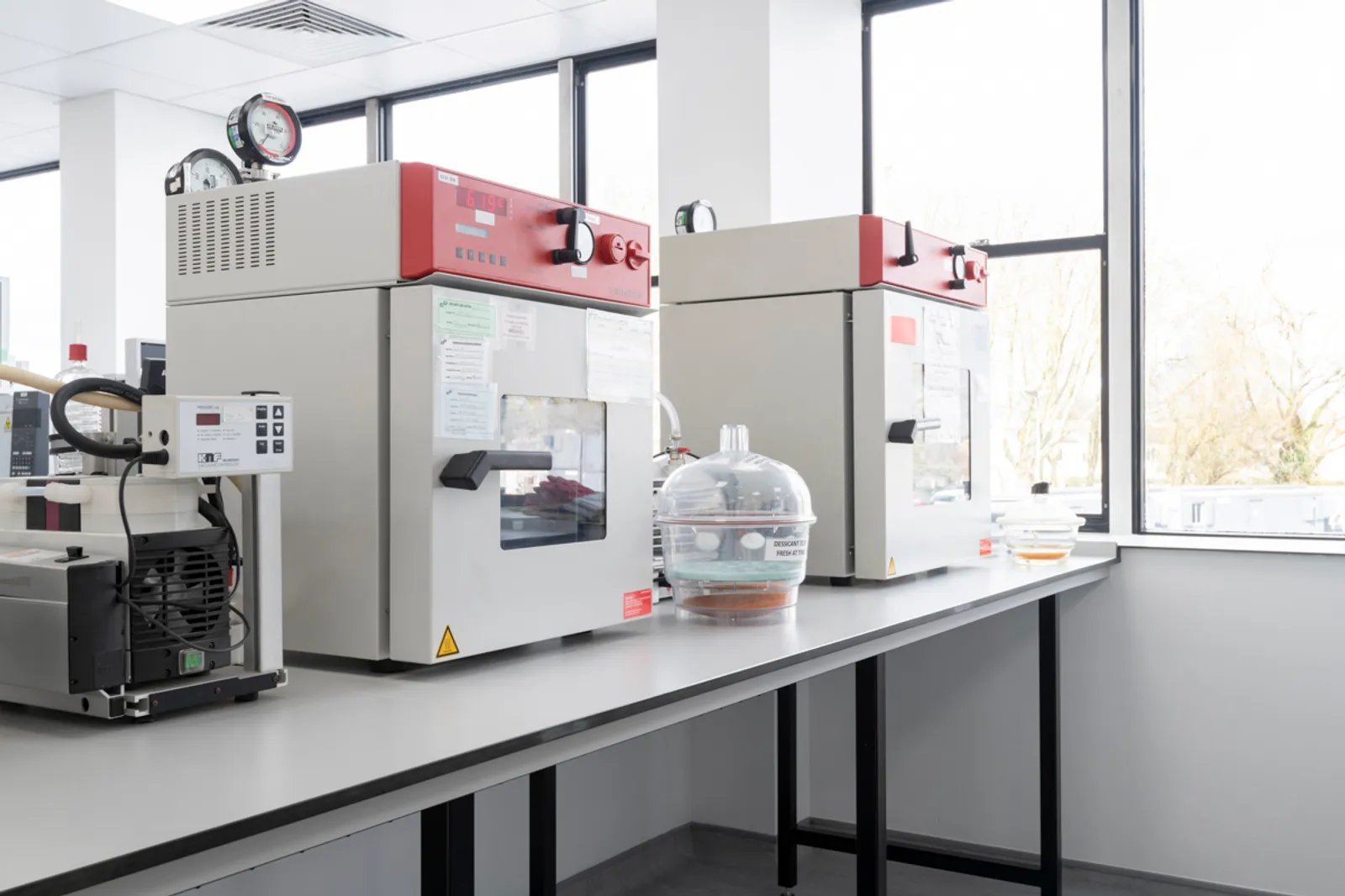
Why is climate control so crucial in R&D labs?
R&D labs are special environments in which to work. Unlike typical workplaces, which might require basic heating and cooling systems to keep employees comfortable and prevent equipment from overheating, R&D labs typically work with highly temperature-sensitive materials. Because of this, imprecise control can have a detrimental effect, leading to:
Inaccurate test results
Equipment damage or malfunction
Increased contamination risk
Regulatory non-compliance
Reduced product yield or development delays
Lab climate control, therefore, must be accurate, exact and unerring to ensure precise monitoring and the ability to tailor solutions within tiny variables.
Key climate control requirements for labs
There are several different climate control systems that are commonly used in R&D labs. Picking the right solution for your needs depends on defining the specific requirements of the lab according to the work that will take place there.Tightly regulated temperature ranges (e.g. ±1°C)
Stable relative humidity levels
Air cleanliness and filtration (HEPA filters)
Air change rates to manage contaminants
Zoning to manage different climate requirements in different spaces
Energy efficiency to reduce operating costs
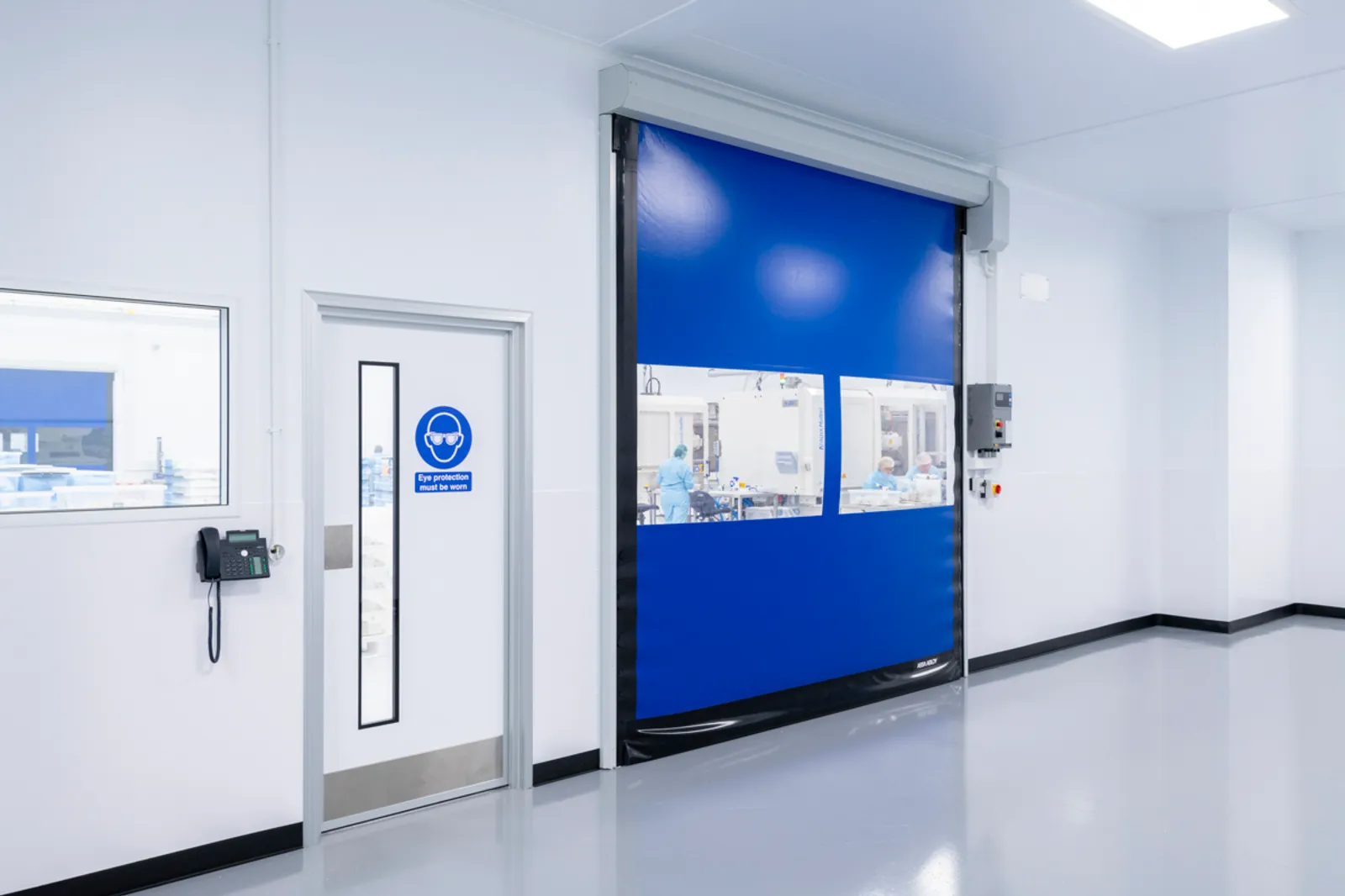
The best climate control solutions for R&D Labs
1. Close Control Air Conditioning (CCAC) systems
Also known as precision air conditioning units, CCAC systems are purpose-built for environments such as R&D labs, where it is critical to control the external environment precisely.
These systems provide highly accurate temperature and humidity regulation and can typically be found in both data centres and laboratory spaces. Generally speaking, these systems operate around the clock and feature redundancy and alarms to ensure that someone is alerted immediately if any fluctuations or failures arise.
Ideal for: CCAC systems are particularly beneficial in labs with highly sensitive processes and equipment, such as biotech or pharmaceutical.
2. Variable Refrigerant Flow (VRF) systems
VRF systems allow for excellent flexibility thanks to multiple indoor units which operate via a single outdoor condenser.
Each unit boasts independent temperature control, making these system types ideal for labs that require different climate needs across rooms or departments.
Ideal for: Labs that need varying temperature zones or fluctuating occupancy patterns.
3. Air Handling Units (AHUs) with humidity control
Custom-designed AHUs boast advanced filtration, humidity control, and integration with cleanroom requirements. AHUs are often paired with chillers or heat pumps, which means they can deliver highly accurate standards for both temperature and air purity.
Ideal for: Labs requiring high-volume ventilation and strict hygiene standards.
4. Split Systems (for smaller or supplementary spaces)
While Split systems are not likely to be the primary climate control system in R&D labs, they can be useful for smaller R&D areas.
These system types can also be found in admin offices within lab complexes or as supplementary cooling devices in equipment-heavy zones.
Ideal for: Low-intensity R&D rooms or supportive office areas.
5. Chilled beams or radiant cooling systems
Chilled beams or radiant cooling systems are water-based and benefit from being both quiet and energy-efficient, while still delivering meticulous climate control.
These systems have become increasingly popular in lab designs that wish to prioritise sustainability and would benefit from minimal airflow disruption. However, they require skillful design to manage condensation risks.
Best for: Labs with a strong focus on energy efficiency and acoustics.
Other Key Considerations for climate control solutions in R & D labs
Redundancy & Backup systems - when it comes to mission-critical labs, N+1 redundancy or backup systems are usually required to avoid downtime during maintenance or failure.
Building Management System (BMS) Integration - more advanced control systems can benefit from remote monitoring, data logging, and real-time alerts. These aspects can be crucial for maintaining regulatory compliance and operational oversight.
Compliance - climate control solutions must often meet standards such as MHRA, ISO 14644, or GMP, depending on the nature of the research.
Energy efficiency and sustainability
For labs that prioritise environmental efficiency, not all climate control solutions are created equal. Many labs are experiencing the strain of increasing energy costs, as well as pressure to meet net zero targets, and therefore more modern systems can help to align with sustainability goals. Features include:
Heat recovery units
Smart scheduling and zoning
Demand-controlled ventilation
Low-GWP refrigerants
Renewable energy integration
Selecting an efficient system from the outset can reduce long-term operational costs and environmental impact.
Conclusion
The best climate control solution for an R&D lab will depend on the research conducted there while also considering environmental sensitivity, regulatory requirements, and building infrastructure.
At Area, we design labs tailored to your needs to ensure the result is a stable, safe and compliant environment where innovation can thrive.
Thinking of re-designing or upgrading a laboratory facility? The experts at Area can help to map out the ideal R&D environment. Investing in the right climate control system today can safeguard your research outcomes, equipment, and long-term efficiency, so get in touch to see how we can support your vision today.
